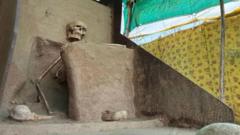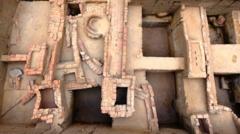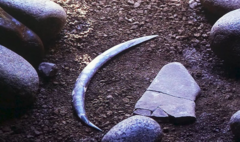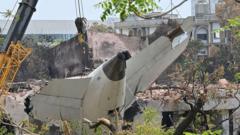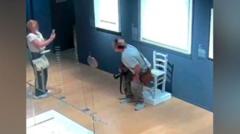On Thursday, museum authorities transported the skeleton to the Archaeological Experiential Museum in Vadnagar, a short distance from the discovery site. The move comes after years of debate over handling and displaying the significant archaeological find, which experts believe dates back to the Solanki period between 940 and 1300 CE.
Mahendra Surela, the museum curator, emphasized that the transportation was carried out with great care under expert supervision. For now, the skeleton is housed near the museum's reception area within a protective barrier, with plans to move it to a more permanent exhibit on the second floor.
Archaeologist Abhijit Ambekar, who made the initial discovery, expressed satisfaction that the skeleton would now receive the recognition it deserves. He noted that such finds are rare, with only three similar skeletons reported in India. The preservation of this skeleton is attributed to the unchanged soil conditions surrounding it, which contributed to its protection over time.
Significantly, this skeleton is linked to "samadhi burials," an ancient Hindu practice of burying respected individuals instead of cremating them. The ongoing examination by the Archaeological Survey of India will determine the skeleton's future display details and educational potential for visitors, thus ensuring its historical legacy is shared with the public.
Archaeology, Ancient History, India
Mahendra Surela, the museum curator, emphasized that the transportation was carried out with great care under expert supervision. For now, the skeleton is housed near the museum's reception area within a protective barrier, with plans to move it to a more permanent exhibit on the second floor.
Archaeologist Abhijit Ambekar, who made the initial discovery, expressed satisfaction that the skeleton would now receive the recognition it deserves. He noted that such finds are rare, with only three similar skeletons reported in India. The preservation of this skeleton is attributed to the unchanged soil conditions surrounding it, which contributed to its protection over time.
Significantly, this skeleton is linked to "samadhi burials," an ancient Hindu practice of burying respected individuals instead of cremating them. The ongoing examination by the Archaeological Survey of India will determine the skeleton's future display details and educational potential for visitors, thus ensuring its historical legacy is shared with the public.
Archaeology, Ancient History, India

